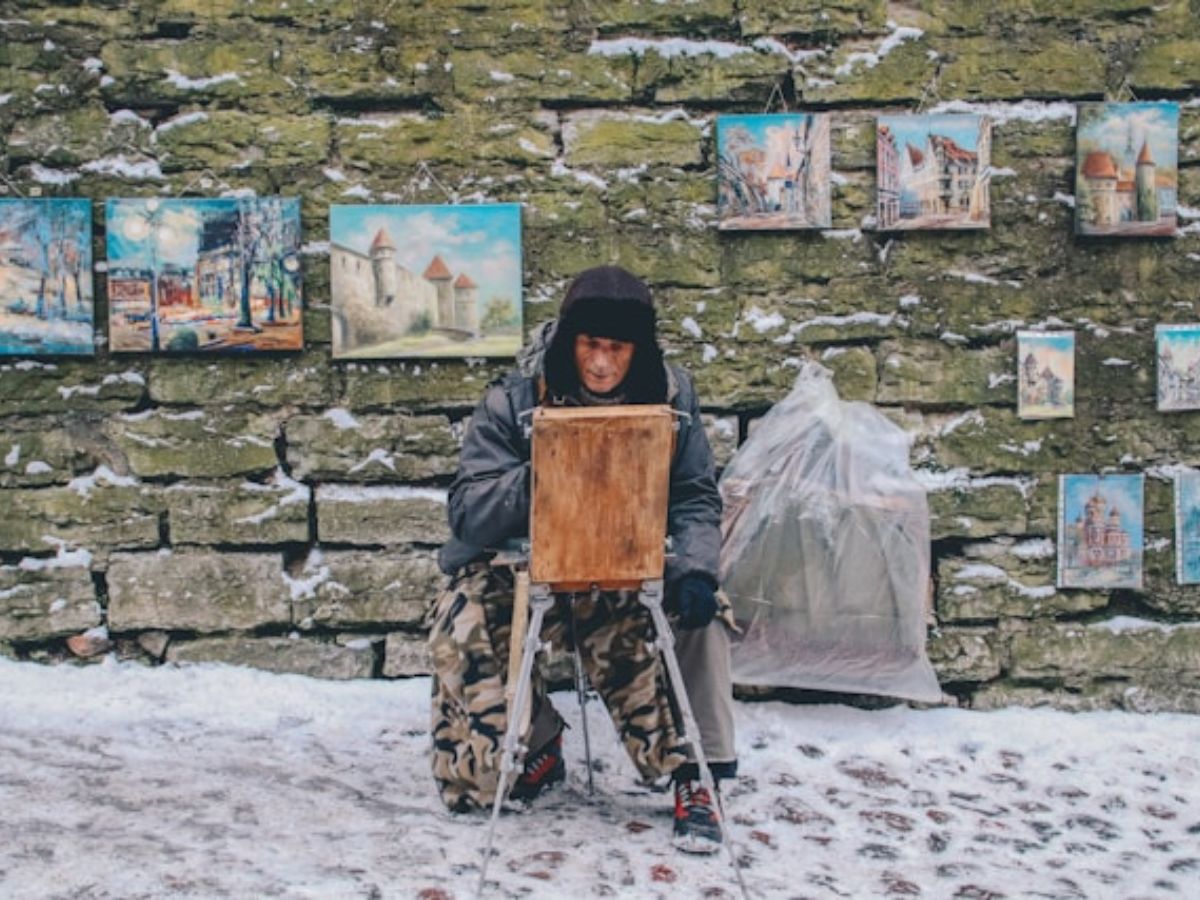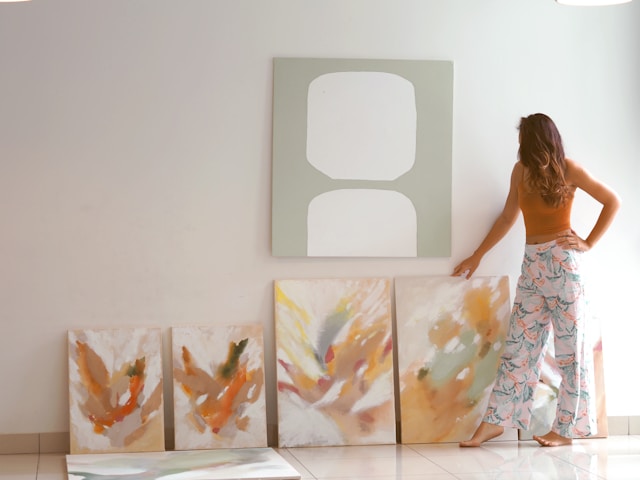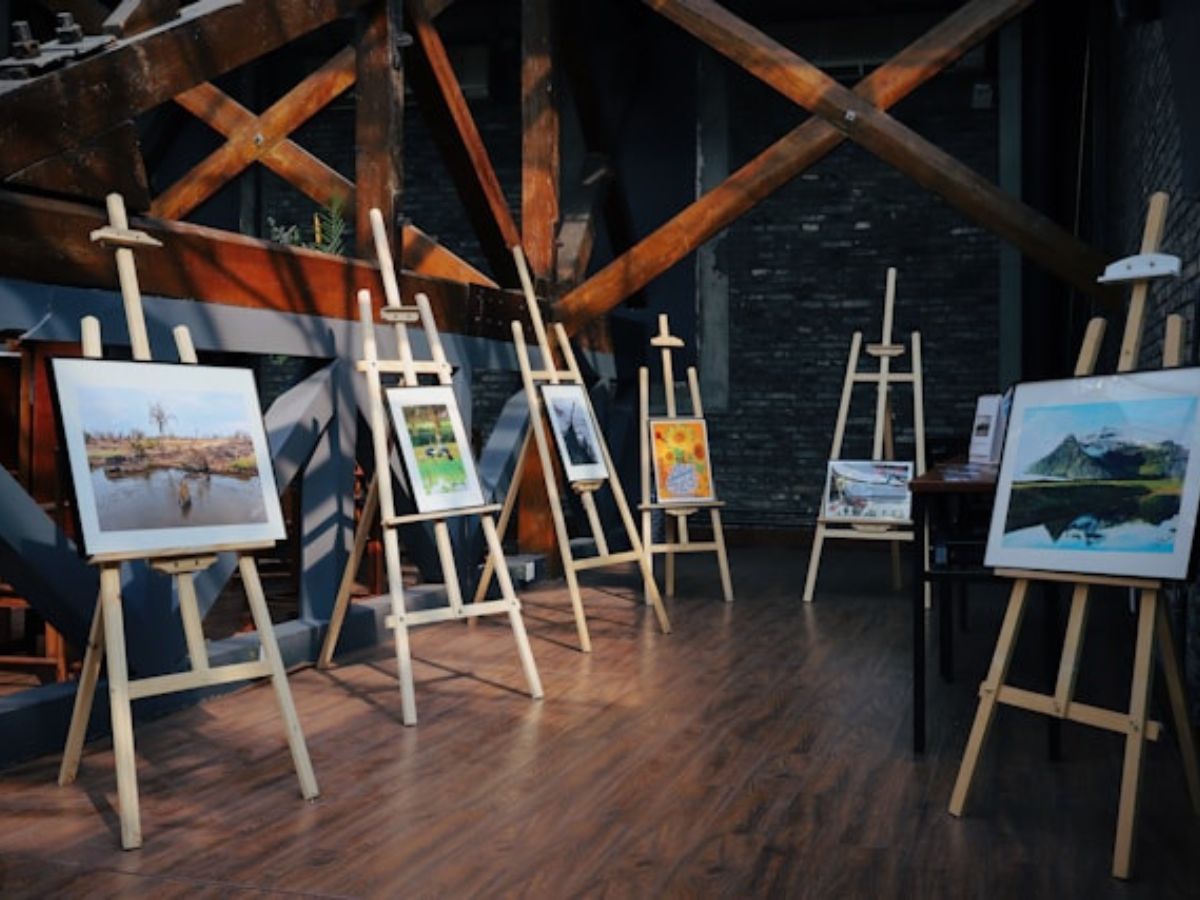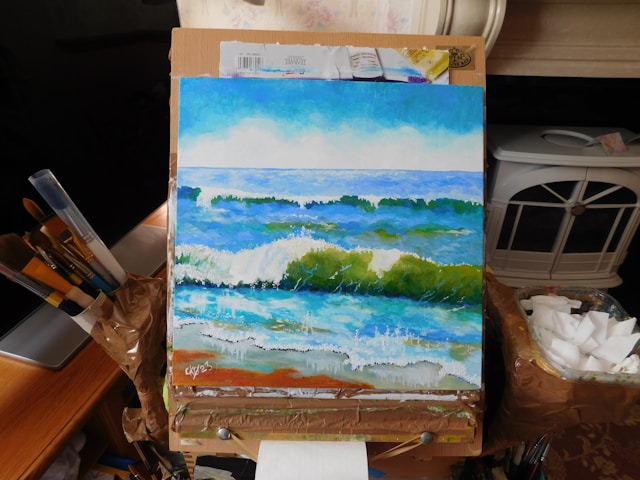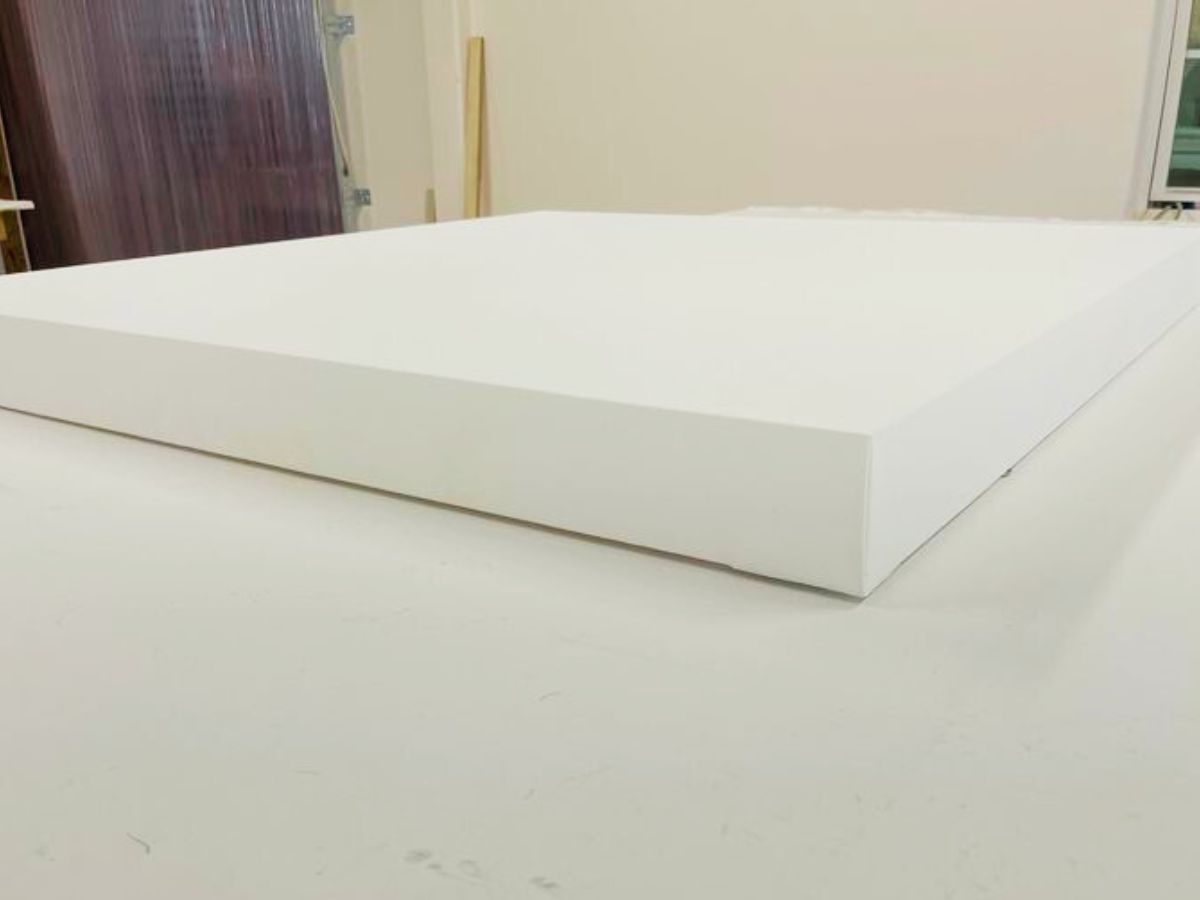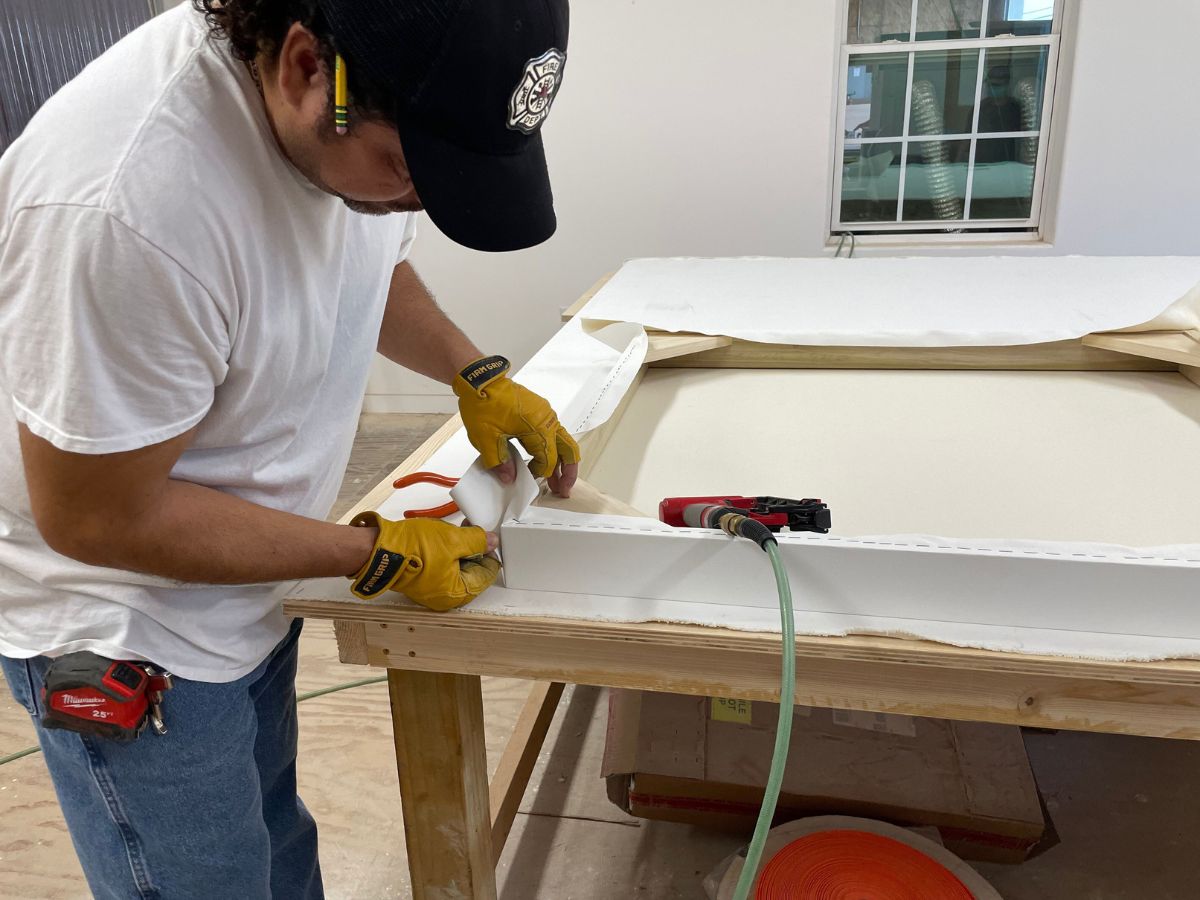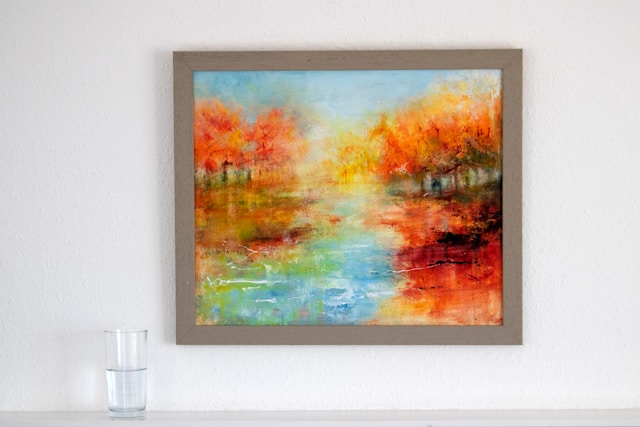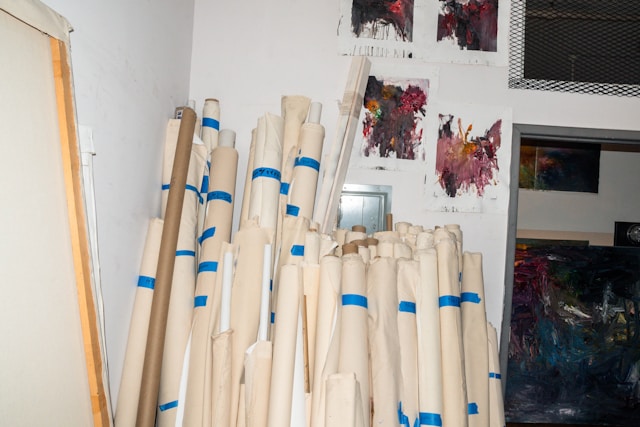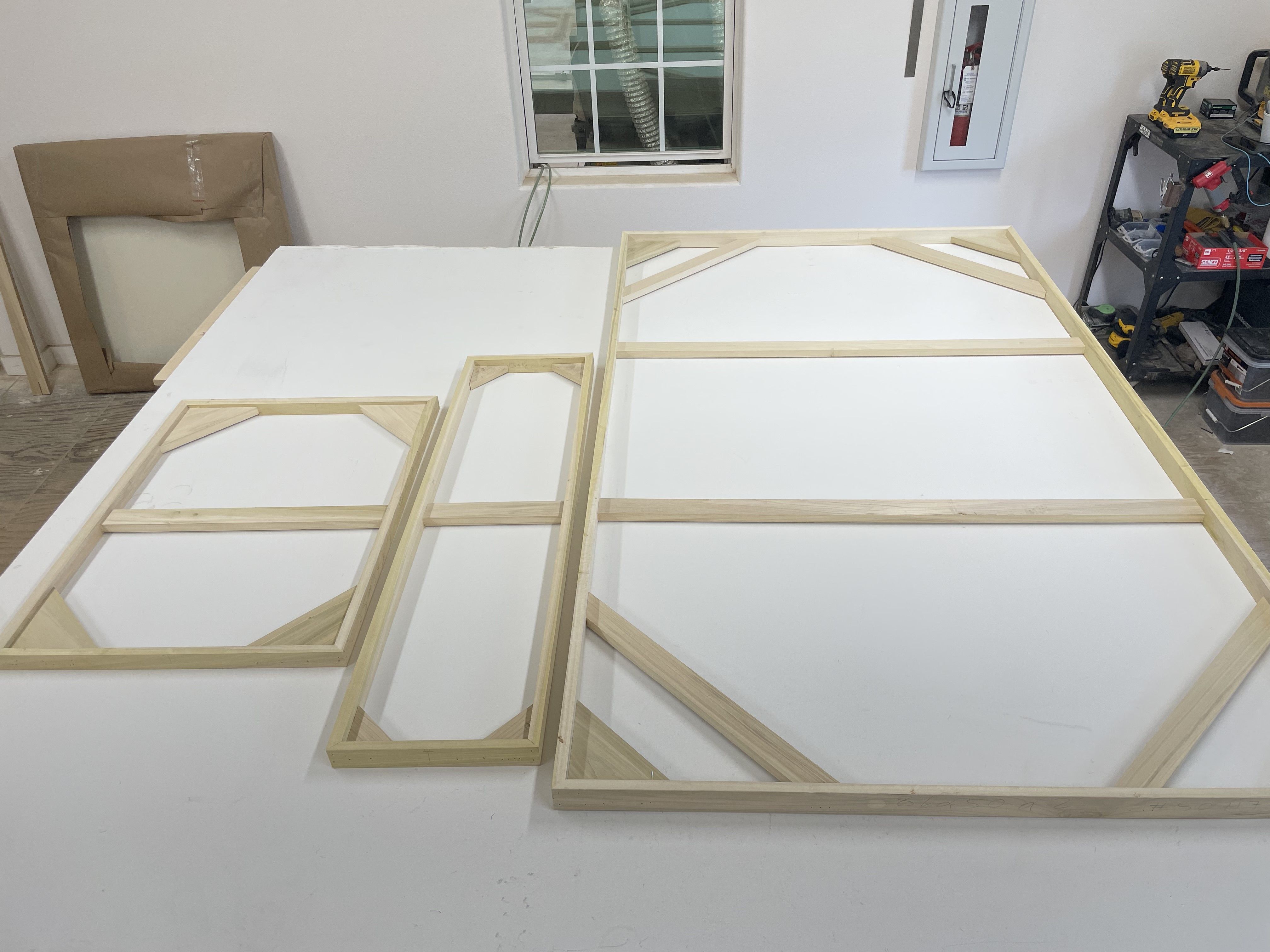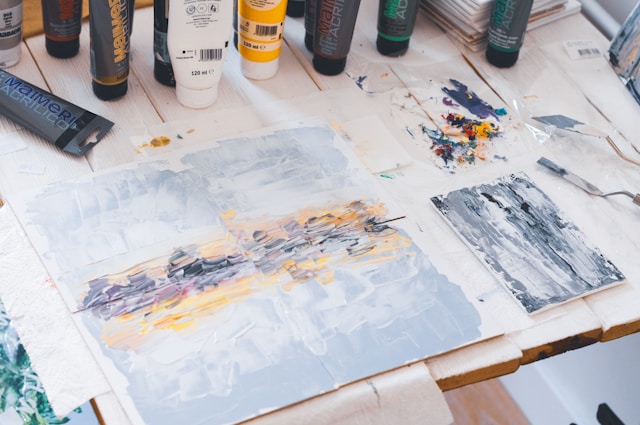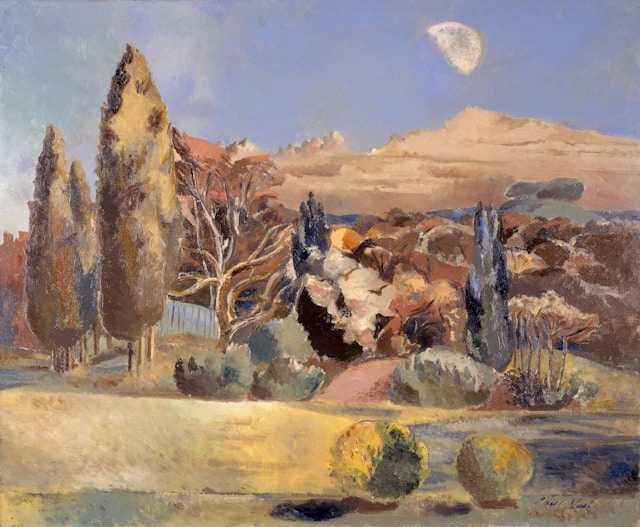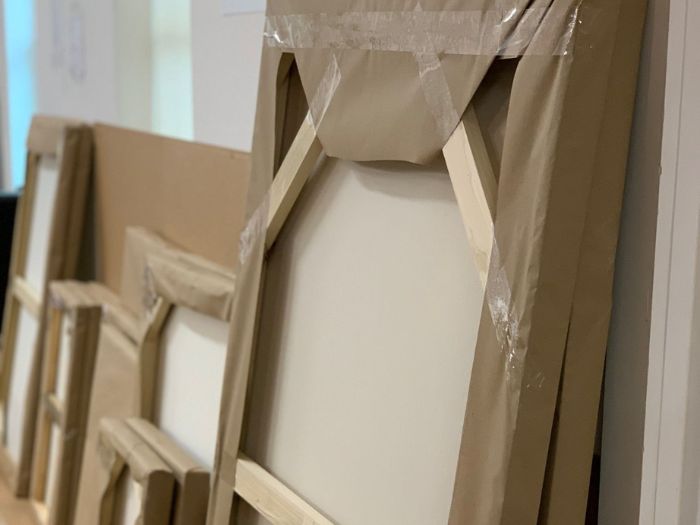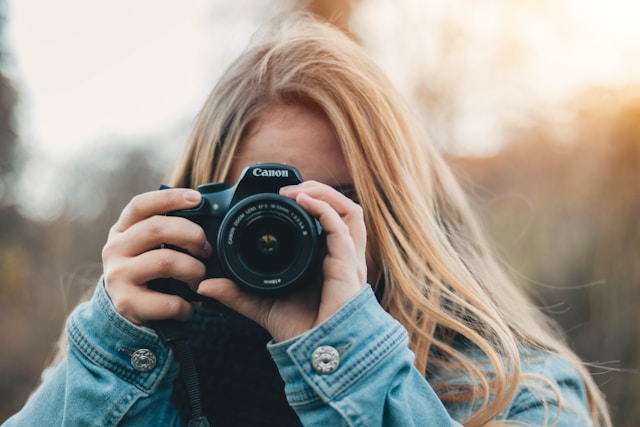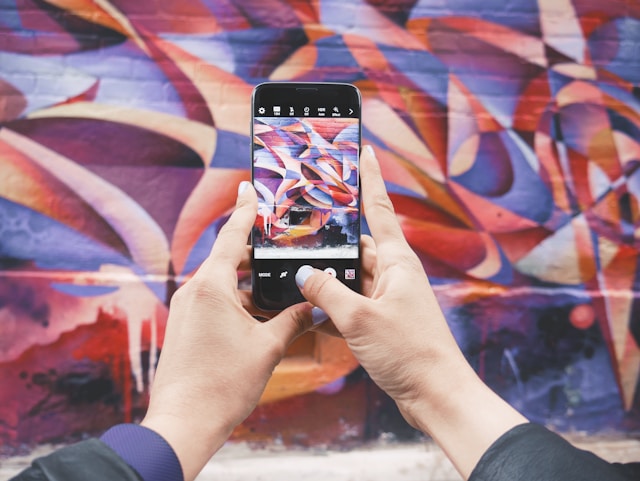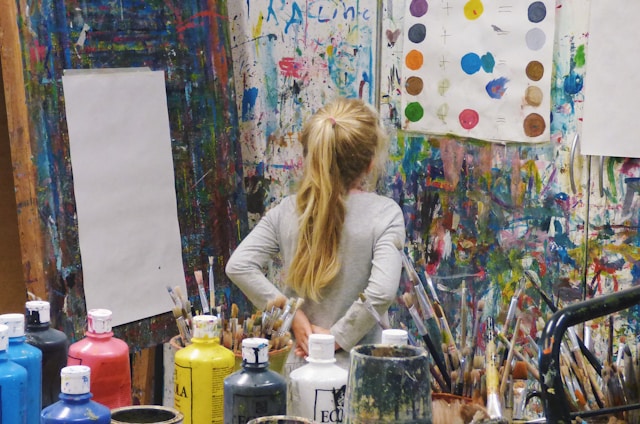
5 Practical Tips to Push Your Art Career Forward
Are you an aspiring artist eager to turn your passion into a successful career? Starting your journey of establishing yourself in the art world can be thrilling yet scary most of the time. Here are five practical tips to help you navigate the path towards a flourishing art career.
1. Practice makes progress. Like any skill, painting requires consistent practice to master. Set aside a dedicated time each day to hone your craft. Whether it’s sketching, painting, or experimenting with new techniques, make practice a non-negotiable part of your routine. Don’t be afraid to push yourself out of your comfort zone and explore different mediums and styles. Remember, the more you practice, the more your skills will improve, and the closer you’ll get to achieving your artistic vision.
2. Build your online presence. Having a strong online presence is essential for artists looking to gain exposure and connect with potential buyers and collaborators. Create a professional website or online portfolio showcasing your best work. Utilize social media platforms like Instagram, Facebook, and TikTok to share your art, engage with your audience, and network with other artists and industry professionals.
According to the article, The Impact of Social Media on the Commercialization and Market Value of Visual Art:
“Social media has shifted the dynamics of buying, selling and communication away from gallery managers to direct contact between artists and their fans, further promoting the commercialization of artworks.”
Don’t underestimate the power of social media in building your brand and expanding your reach globally.
Read 8 Effective Ways to Promote Your Paintings on Social Media for more tips.
3. Network, network, network. Building relationships within the art community is crucial for advancing your career. Attend art exhibitions, gallery openings, and networking events to meet fellow artists, collectors, gallery owners, and art enthusiasts. Don’t be afraid to strike up conversations and introduce yourself.
Building a strong network can open doors to opportunities such as exhibitions, collaborations, and representation by galleries or agents. Remember, networking isn’t just about what others can do for you but also about how you can contribute to the community and support your fellow artists.
4. Invest in self-promotion and marketing. As an artist, you are not only a creator but also a marketer of your own work. Invest time and effort into promoting yourself and your art. Create compelling artist statements, bios, and press releases that effectively communicate your artistic vision and unique selling points.
Explore various marketing channels such as email newsletters, art fairs, and print advertisements to reach potential buyers and collectors. Also consider partnering with local businesses or galleries to host exhibitions or pop-up shows showcasing your work. Remember, effective self-promotion is about authentically sharing your passion and connecting with your audience.
5. Stay persistent and embrace rejection. Building a successful art career takes time, patience, and resilience. Rejection is an inevitable part of the journey, but it’s important not to let it discourage you. Use rejection as an opportunity to learn and grow.
Seek feedback from mentors, peers, and industry professionals to identify areas for improvement. Stay persistent in pursuing your goals and believe in the value of your work. Remember, every successful artist has faced setbacks along the way. It’s how you respond to challenges that ultimately determines your success.
Pursuing a career in art requires a combination of talent, hard work, and strategic planning. Use these tips to push your art career forward. Go ahead, unleash your creativity, and dare to dream big!


